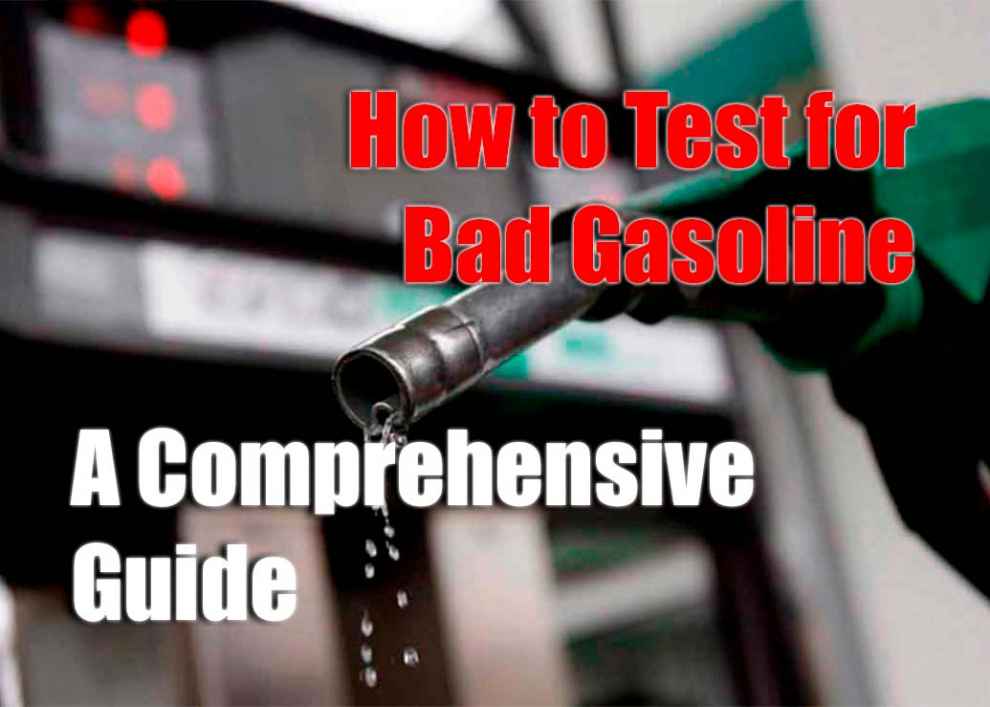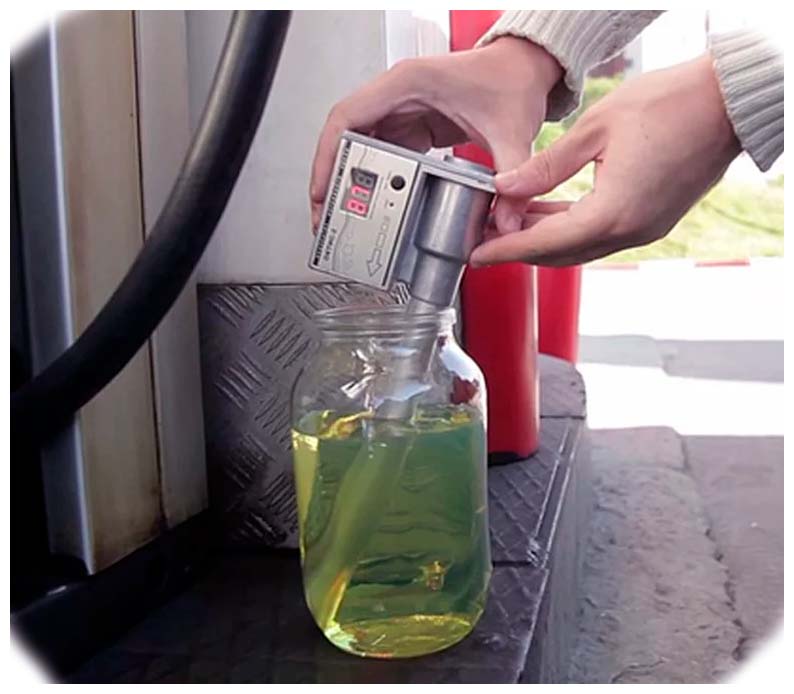Gasoline is one of the most common and important fuels used for powering engines. It’s composed of various hydrocarbon compounds and additives which are carefully blended to create a fuel that meets certain standards. Unfortunately, not all gasoline is created equal, as some poor-quality fuel can make its way into your car’s tank. Bad gasoline can cause a wide range of problems such as engine damage, stalling, poor performance and decreased fuel efficiency. To protect yourself from bad gasoline, it’s important to know how to test for it before you fill up your tank.
Warning Signs of Bad Fuel Quality
It’s important to be aware of the warning signs that indicate bad gasoline in your vehicle. Some potential symptoms include:
-
Excessive Smoke Emissions – If you notice excessive smoke coming from the exhaust when starting or driving the car, this could be an indication that fuel quality is poor or there are other underlying issues with your engine as well.
-
Unusual Noises or Vibrations while Driving – Strange sounds such as knocking or pinging noises while driving could mean that fuel isn’t burning efficiently due to contamination caused by bad gasoline. Additionally, vibrations in the steering wheel at low speeds may also be a sign of poor fuel quality.
-
Decrease in Mileage Performance – If you notice your car’s mileage performance dropping, this could mean that fuel isn’t burning as efficiently due to dirt or other contaminants.
DIY Testing Methods
If you suspect that the quality of your fuel is poor, there are a few tests you can do at home to confirm your suspicions.
-
Visual Inspection – The first thing you should do is visually inspect your fuel for any discoloration or debris in the tank. If you notice anything unusual, this could be an indication of bad gasoline.
-
Performing a Hydrostatic Test – Another way to test for bad gasoline is by performing a hydrostatic test on the fuel tank and lines. This involves filling up the tank with a special fluid and testing its pressure levels over time to detect any potential issues with fuel quality or contamination.
Professional Diagnosis Tests
Sometimes it’s best to have a professional take an in-depth look into the issue if DIY testing methods don’t provide clear results. Professionals will be able to conduct more specialized tests on your car’s engine, such as compression tests and cylinder leak-down tests, which can help determine whether there are any issues related to poor fuel quality or contamination in the system.
Preventing Poor Quality Fuel
One of the most important steps to take when preventing bad gasoline is to ensure you’re only filling up at reputable gas stations. It’s also important to pay attention to the color of the fuel, as lighter shades can be an indication of water contamination. It’s a good idea to invest in a fuel filter for your car, which will help reduce any potential damage from contaminants in the fuel.
Conclusion
Knowing how to test for bad gasoline is important for ensuring the longevity of your car and preventing any potential engine damage. It’s best to be aware of the warning signs and perform DIY tests, when possible, but it may be necessary to take your vehicle to a professional if you’re unable to pinpoint the issue. Taking preventive measures such as only filling up at reputable gas stations and installing a fuel filter can also reduce your chances of dealing with poor-quality fuel in your car’s tank.

 Excessive Smoke Emissions – If you notice excessive smoke coming from the exhaust when starting or driving the car, this could be an indication that fuel quality is poor or there are other underlying issues with your engine as well.
Excessive Smoke Emissions – If you notice excessive smoke coming from the exhaust when starting or driving the car, this could be an indication that fuel quality is poor or there are other underlying issues with your engine as well.
Add Comment